Menopause Day Topical Patch (30-Day Supply)
Subscribe and Save 40% On Subscription Orders*
Menopause Day Topical Patch (30-Day Supply)
$19.95 – $57.85Price range: $19.95 through $57.85 — or subscribe to save 40%
Availability: In Stock
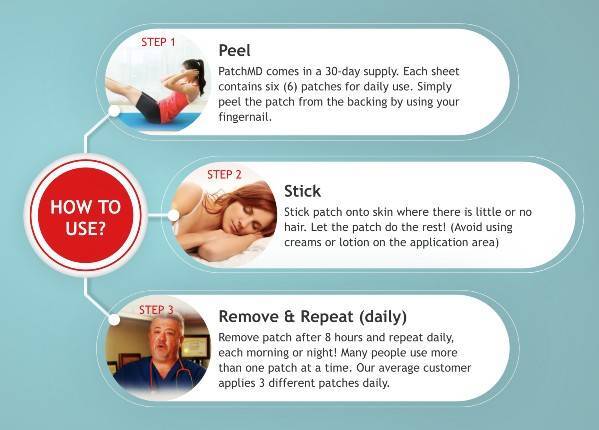
-
 brain health & function
brain health & function
-
 Non-stimulant
Non-stimulant
-
 Stimulate your brain health
Stimulate your brain health
-
 Powerful antioxidant
Powerful antioxidant
Frequently Bought Together
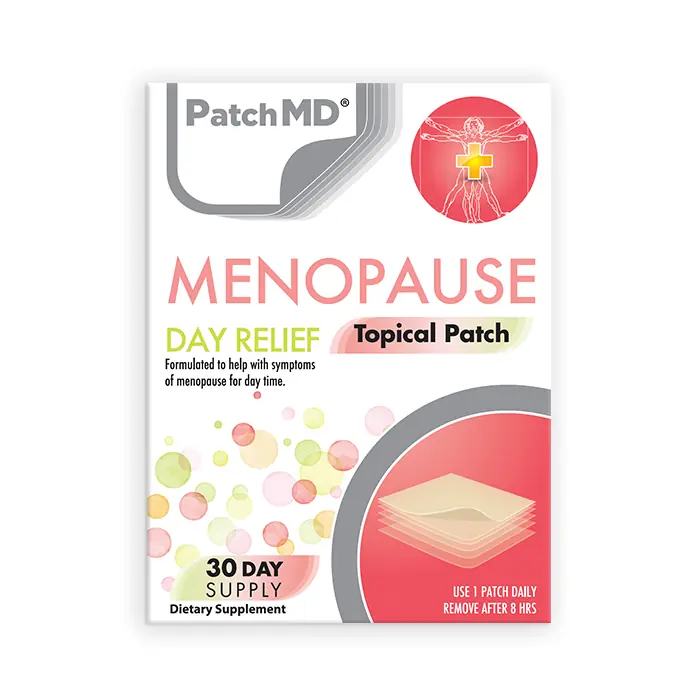 This item: Menopause Day Topical Patch (30-Day Supply) - 30 Days Supply This item: Menopause Day Topical Patch (30-Day Supply) - 30 Days Supply |
|
 Collagen Plus Topical Patch Collagen Plus Topical Patch |
|
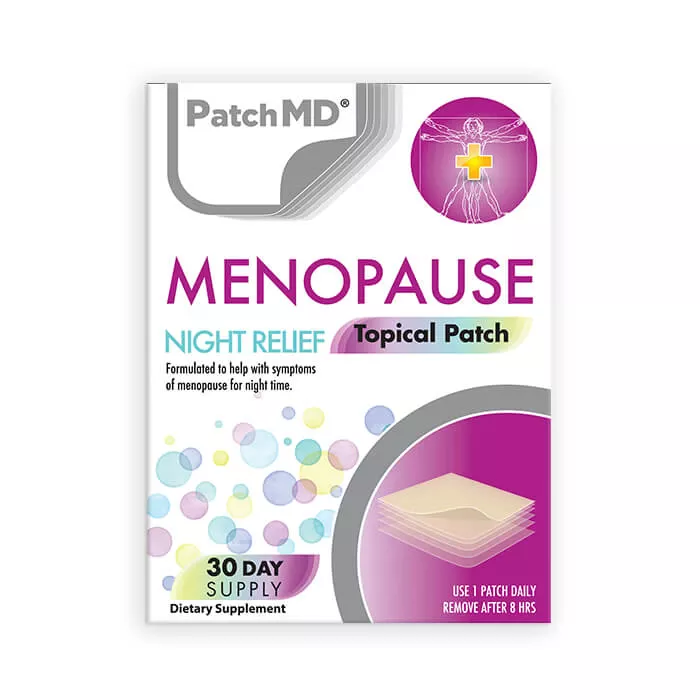 Menopause Night Topical Patch (30-Day Supply) - 30 Days Supply Menopause Night Topical Patch (30-Day Supply) - 30 Days Supply |
|
| Total for selected item | $61.85 |
How do you take your vitamins?
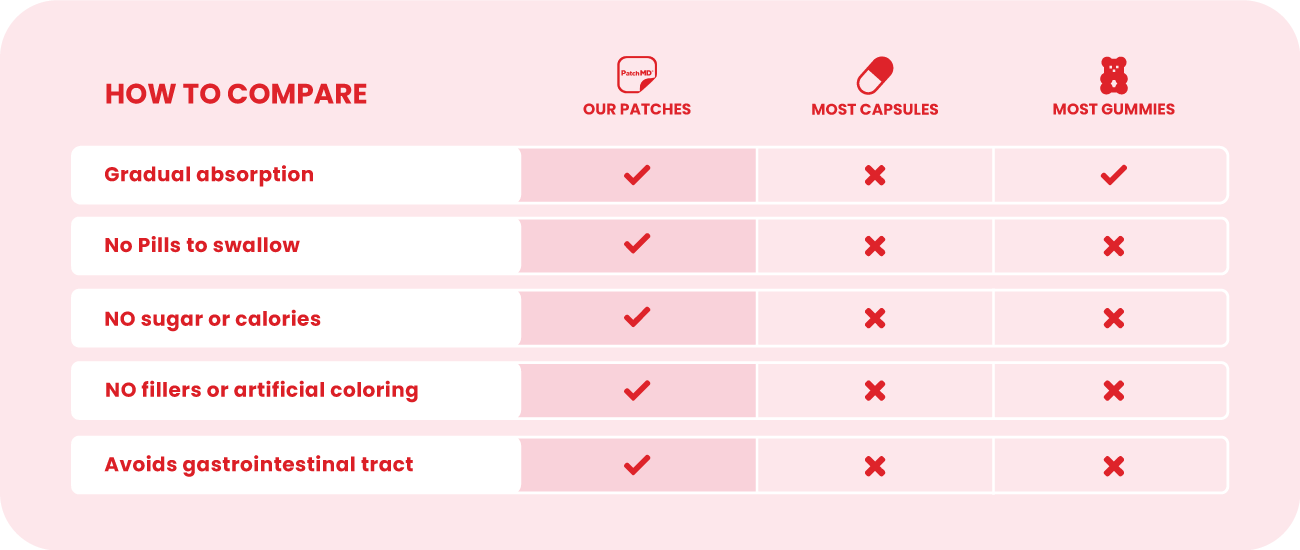

As seen in







Description
“Experience optimal relief with our breakthrough ‘The Best Menopause Supplement Patch’ – Buy Now and discover the power of definitive best menopause supplements!”
“Experience relief like never before with our revolutionary menopause supplement patch, powered by the soothing benefits of hot flash patches. Buy Now and embrace the comfort you deserve!”
Best Menopause Supplements 2020
Discover the ultimate relief with our revolutionary Best Menopause Supplement Patch – your gateway to beating menopause discomfort! Buy now and experience the power of the best menopause supplements of 2020 for unrivaled support during this transformative phase of life.
Discover the ultimate solution to conquer menopause with confidence – our revolutionary “Best Menopause Multivitamin” supplement patch! Buy now for optimal relief and well-being!
“Experience the ultimate relief with our revolutionary Best Menopause Supplement Patch – now available for purchase! Discover the power of the best menopause weight loss supplements and embrace a new phase of well-being today!”
“Experience the ultimate relief with our revolutionary menopause multivitamin patch – the best menopause supplement! Buy now and embrace the change gracefully!”
“The Best Menopause Supplement Patch – Relieve Menopause Symptoms and Buy Now!”
“Discover the ultimate Menopause Supplement Patch for superior bone health – Buy Now!”
“Discover the ultimate Menopause Supplement Patch – Buy Now and experience the power of our scientifically proven formula to support bone health!”
“Discover the ultimate relief with our revolutionary menopause supplement patch – now fortified with the power of premium dietary supplements. Buy Now!”
“Discover the Ultimate Menopause Supplement Patch with Essential Vitamin D – Buy Now!”
Product Description
- May Help to Prevent Uncomfortable Hot Flashes
- May Provide Relief for Night Sweats
- Safe, Easy and Convenient to Use
- May Provide Mental Balance, Easing Mood Swings
- Herbal Blend Can Help Prevent Osteoporosis
- May Address the Overall Challenges of Menopause
The Menopause Day Relief Patch is the best natural and all-in-one method of alleviating the challenging symptoms of Menopause. Why should you suffer when you can find an answer with all-natural ingredients?
By applying the time-released topical patch technology to the challenges of menopause, the Menopause Day Relief Patch can help to ease a variety of difficult symptoms, including the following:
- Headaches
- Mood swings
- Heart Palpitations
- Vaginal Dryness
- Hot Flashes
By delivering maximum all-day relief, the Menopause Day Relief Patch can help to improve your overall physical stability. The specially designed Menopause Relief technology delivers surprising results with the convenience of the easy once-a-day application. With this Topical Patch, you can replace the burden of taking pills all day long to address the various elements of discomfort.
Directions
Apply patch daily to an area with little or no hair, i.e., shoulder, back or hip. For best results, it is recommended to wear PatchMD patches for 8 hours. There is no additional benefit wearing the patch longer than 8 hours. Patches can be worn during sleep. Avoid using any lotion or cream in the same area as it will inhibit absorption. Patch is not waterproof. It is ok to wear multiple patches at a time.
PatchMD products are Latex, Lactose, Gluten and Sugar-free
ALL PATCH ORDERS INCLUDE 30 PATCHES (30-DAY SUPPLY) and 100% Moneyback Guarantee
*These statements have not been evaluated by the Food and Drug Administration. This product is not intended to diagnose, treat, cure or prevent any disease.
“Experience optimal relief with our breakthrough ‘The Best Menopause Supplement Patch’ – Buy Now and discover the power of definitive best menopause supplements!”
“Experience relief like never before with our revolutionary menopause supplement patch, powered by the soothing benefits of hot flash patches. Buy Now and embrace the comfort you deserve!”
Best Menopause Supplements 2020
Discover the ultimate relief with our revolutionary Best Menopause Supplement Patch – your gateway to beating menopause discomfort! Buy now and experience the power of the best menopause supplements of 2020 for unrivaled support during this transformative phase of life.
Discover the ultimate solution to conquer menopause with confidence – our revolutionary “Best Menopause Multivitamin” supplement patch! Buy now for optimal relief and well-being!
“Experience the ultimate relief with our revolutionary Best Menopause Supplement Patch – now available for purchase! Discover the power of the best menopause weight loss supplements and embrace a new phase of well-being today!”
“Experience the ultimate relief with our revolutionary menopause multivitamin patch – the best menopause supplement! Buy now and embrace the change gracefully!”
“The Best Menopause Supplement Patch – Relieve Menopause Symptoms and Buy Now!”
“Discover the ultimate Menopause Supplement Patch for superior bone health – Buy Now!”
“Discover the ultimate Menopause Supplement Patch – Buy Now and experience the power of our scientifically proven formula to support bone health!”
“Discover the ultimate relief with our revolutionary menopause supplement patch – now fortified with the power of premium dietary supplements. Buy Now!”
“Discover the Ultimate Menopause Supplement Patch with Essential Vitamin D – Buy Now!”
Additional information
| Weight | 0.0181436948 oz |
|---|---|
| Patch Size | 30 Days Supply, 2 Month Supply, 3 Month Supply |
9 reviews for Menopause Day Topical Patch (30-Day Supply)
You must be logged in to post a review.
Menopause Day / Supplement Facts / Ingredients
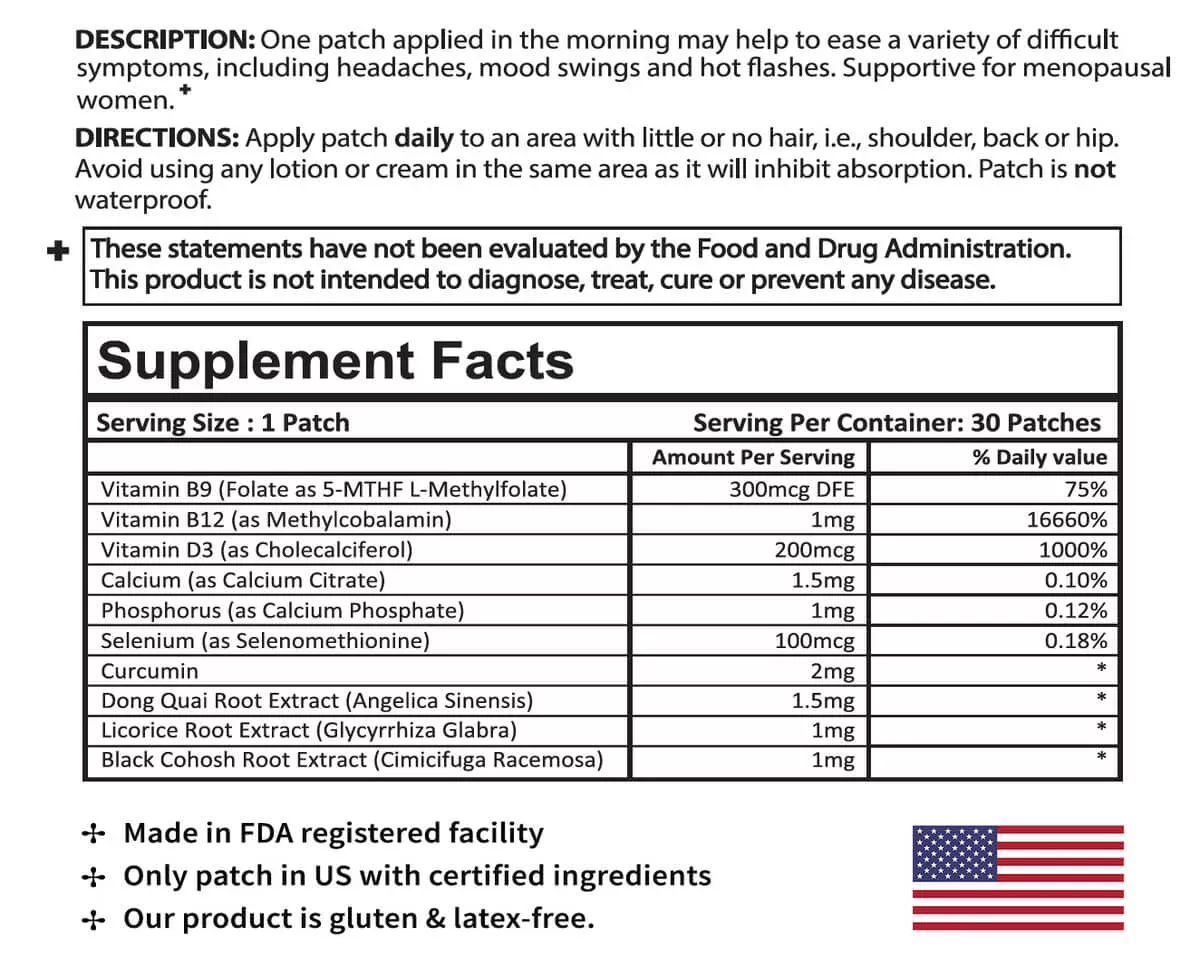
You may also like…
-
Sale!Sale!
 as low as $11.97 $19.95
as low as $11.97 $19.95Menopause Night Topical Patch (30-Day Supply)
16 Review(s)
$19.95 – $57.85Price range: $19.95 through $57.85 — or subscribe to save 40%
16 ReviewsAdd To Cart This product has multiple variants. The options may be chosen on the product page Learn More Quick View -
Sale!Sale!
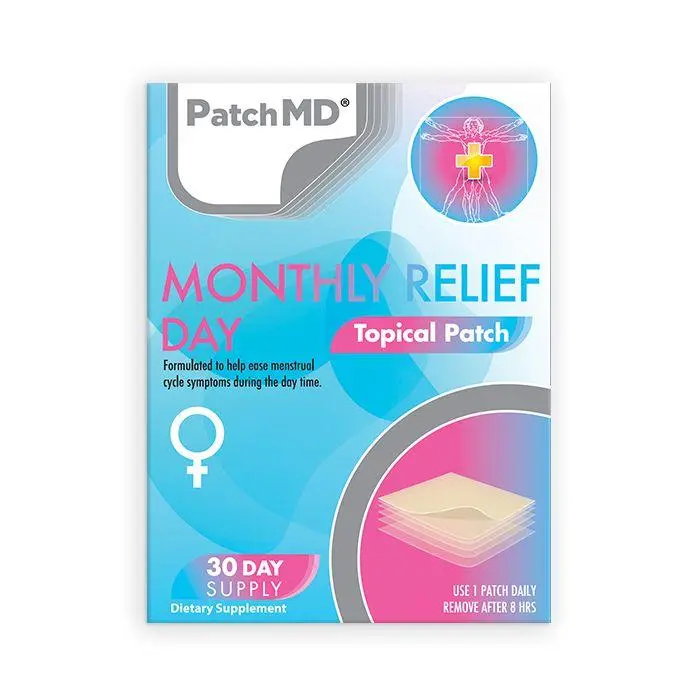 as low as $11.97 $19.95
as low as $11.97 $19.95Monthly Relief Day Topical Patch (PMS Day)
5 Review(s)
$19.95 – $57.85Price range: $19.95 through $57.85 — or subscribe to save 40%
5 ReviewsAdd To Cart This product has multiple variants. The options may be chosen on the product page Learn More Quick View -
Sale!Sale!
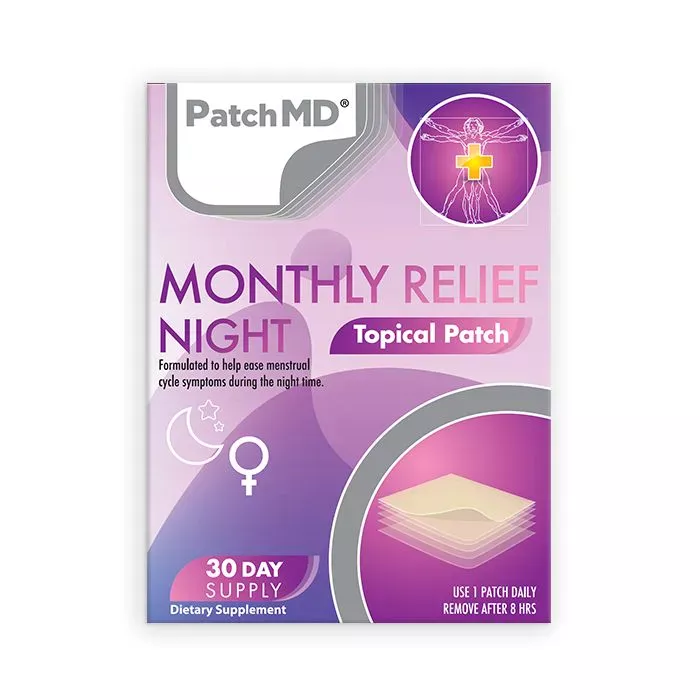 as low as $11.97 $19.95
as low as $11.97 $19.95Monthly Relief Night Topical Patch
3 Review(s)
$19.95 – $57.85Price range: $19.95 through $57.85 — or subscribe to save 40%
3 ReviewsAdd To Cart This product has multiple variants. The options may be chosen on the product page Learn More Quick View
Related products
-
Sale!Sale!
 as low as $11.97 $19.95
as low as $11.97 $19.95T-Synergy Thyroid Support (30 day supply)
1 Review(s)
$19.95 – $57.85Price range: $19.95 through $57.85 — or subscribe to save 40%Add To Cart This product has multiple variants. The options may be chosen on the product page Learn More Quick View -
Sale!Sale!
 as low as $23.37 $44.39
as low as $23.37 $44.39Biotin Plus Topical Patch 2 Pack
$44.39Original price was: $44.39.$38.95Current price is: $38.95. — or subscribe to save 40% -
Sale!Sale!
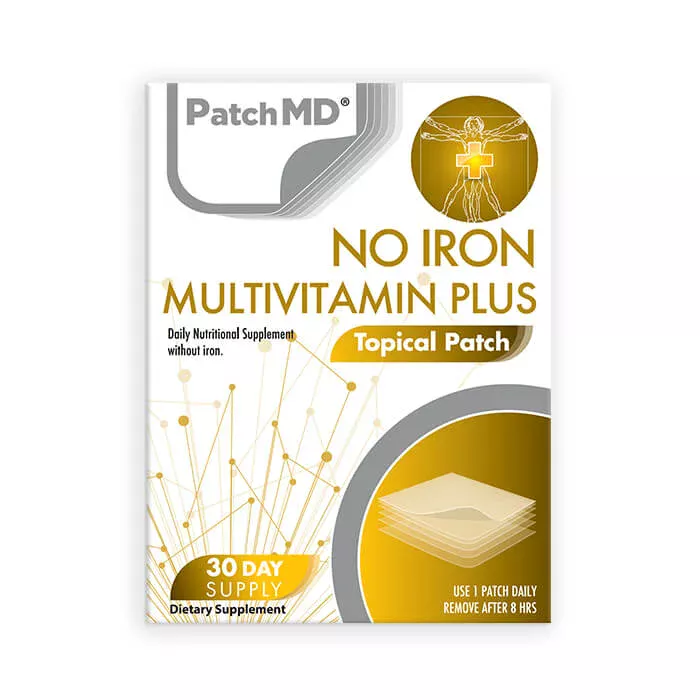 as low as $23.37 $44.39
as low as $23.37 $44.39No Iron Multivitamin Plus Topical Patch 2 Pack
$44.39Original price was: $44.39.$38.95Current price is: $38.95. — or subscribe to save up to 40% -
Sale!Sale!
 as low as $11.97 $23.95
as low as $11.97 $23.95Biotin Plus Topical Patch
$23.95Original price was: $23.95.$19.95Current price is: $19.95. — or subscribe to save 40%
-
Sale!Sale!
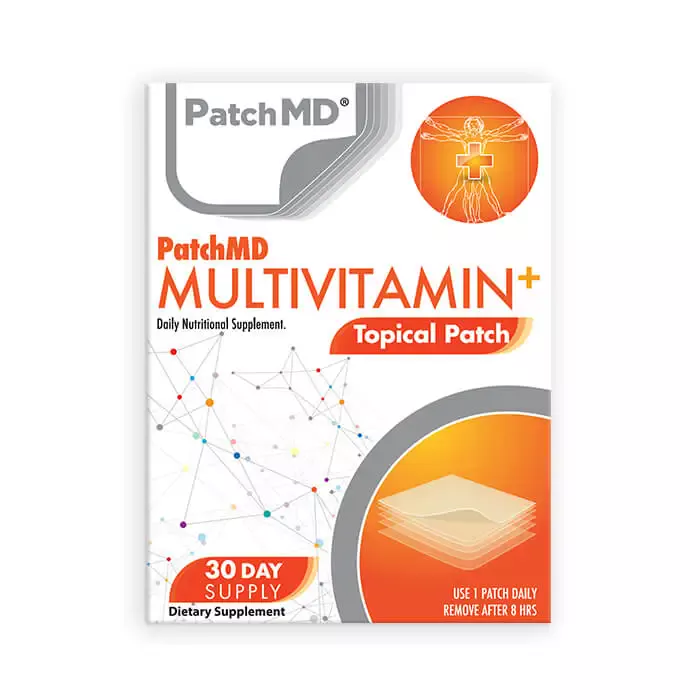 as low as $11.97 $19.95
as low as $11.97 $19.95Multivitamin Patch
594 Review(s)
$19.95 – $57.85Price range: $19.95 through $57.85 — or subscribe to save 40%
594 ReviewsAdd To Cart This product has multiple variants. The options may be chosen on the product page Learn More Quick View -
Sale!Sale!
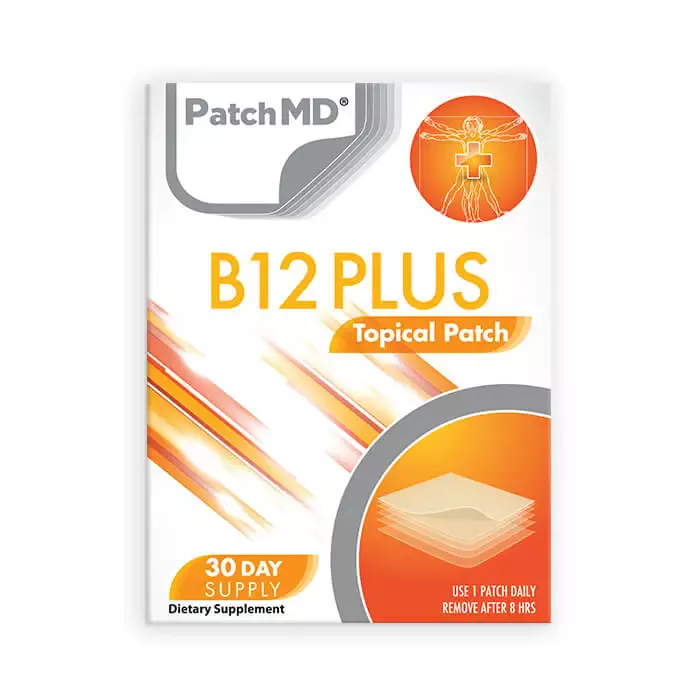 as low as $11.97 $19.95
as low as $11.97 $19.95B12 Energy Plus Patch
140 Review(s)
$19.95 – $57.85Price range: $19.95 through $57.85 — or subscribe to save 40%
140 ReviewsAdd To Cart This product has multiple variants. The options may be chosen on the product page Learn More Quick View -
Sale!Sale!
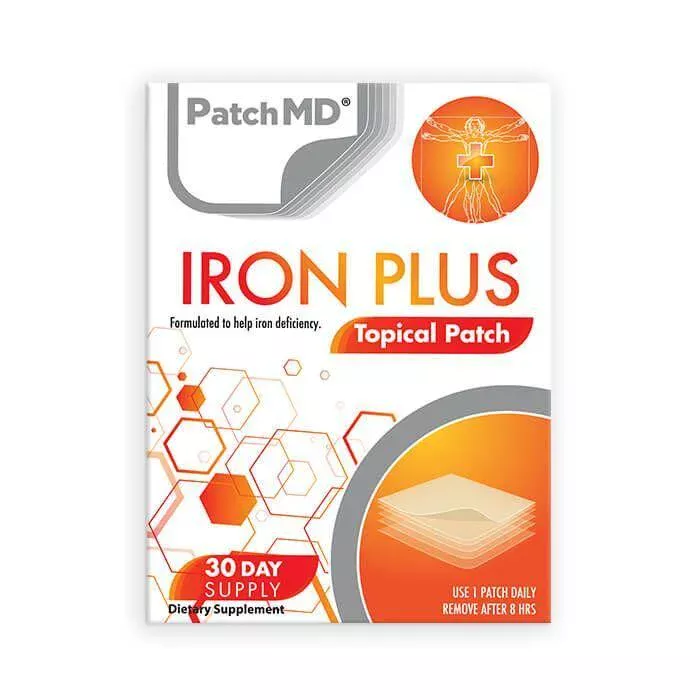 as low as $11.97 $19.95
as low as $11.97 $19.95Iron Plus Topical Patch (Iron Patches for Anemia)
124 Review(s)
$19.95 – $57.85Price range: $19.95 through $57.85 — or subscribe to save 40%
124 ReviewsAdd To Cart This product has multiple variants. The options may be chosen on the product page Learn More Quick View -
Sale!Sale!
 as low as $11.97 $19.95
as low as $11.97 $19.95T-Synergy Thyroid Support (30 day supply)
1 Review(s)
$19.95 – $57.85Price range: $19.95 through $57.85 — or subscribe to save 40%Add To Cart This product has multiple variants. The options may be chosen on the product page Learn More Quick View

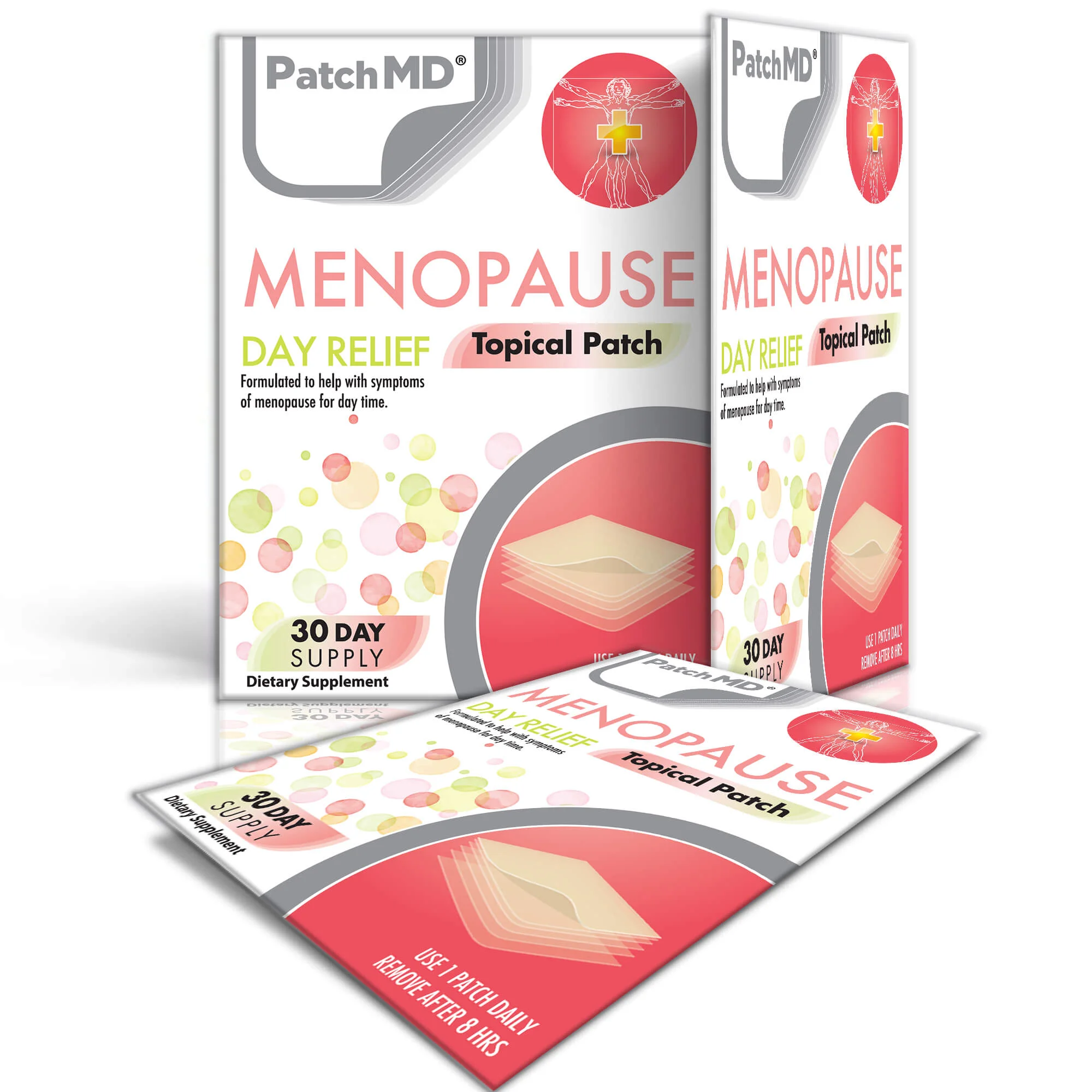









Kim Runyon (verified owner) –
These work for me! I do notice when I forget to wear this patch and the nighttime patch consistently, I have more hot flashes than normal. I maybe will get one a day when I wear them regularly. So glad they are working for me!
C DeMoura –
The best menopause supplement I have used. Lots of energy; less moodiness.
Valerie Bertenshaw (verified owner) –
Seems to bump up my energy a bit. Easy to use!
Grace Pruitt silver –
These patches have really helped with hot flashes!! I am very thankful I tried them! Sent my sister some as well.
Janet N –
I’m starting into my second full month on the Menopause Day Topical patch. I use the day and the night patches. I’ve only have had two hot flashes in a month. I stopped all prescription hormone pills, and I’m finally losing a little weight as well. My moods are very even, and I feel much better even off the prescriptions. I just ordered again.
Angela –
I am thankful for this product, it works well. Nothing can completely change “Mother Nature” but this product offers much relief. It also REALLY helps with fatigue and irritability, I have energy. It takes the brain fog away. I do use the night & day patches.
BJ –
Yes yes yes! I am happy to report after 3 months of wearing these patches and the night patches for menopause I am hotflash free. For me it worked! The night time patches do help me sleep too. I have recommended these awesome patches to co workers. I am excited to see what other patches can do for me as well.
Deb F. –
Less severe hot flashes.
Barbara Weronski –
I was using an OTC cream, but wanted to try this because it would cut my cost by 75%. it was just as effective and MUCH more portable and convenient! Love it!